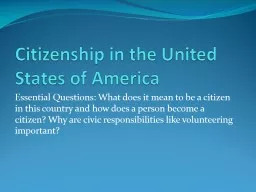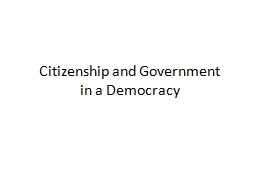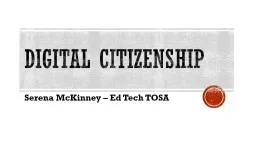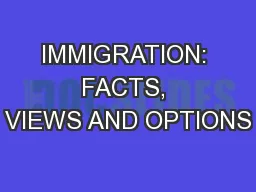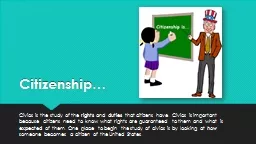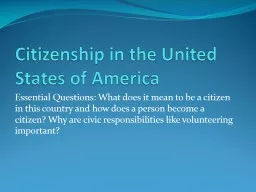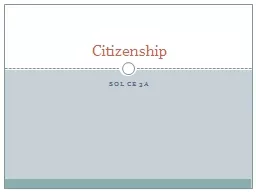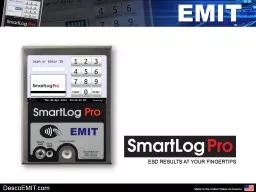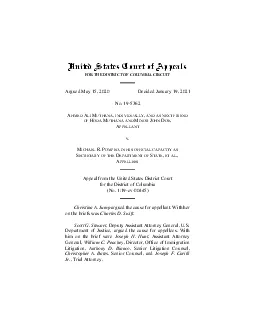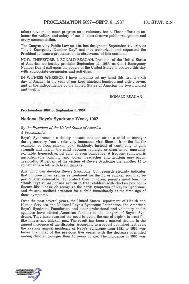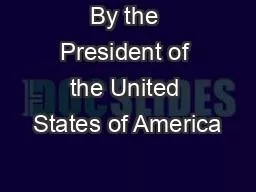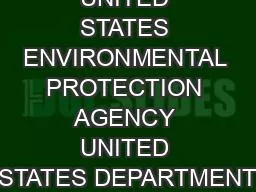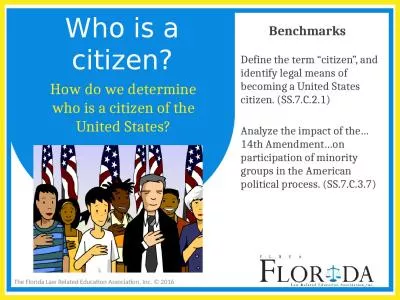PPT-Citizenship in the United States of America
Author : yoshiko-marsland | Published Date : 2017-03-30
Essential Questions What does it mean to be a citizen in this country and how does a person become a citizen Why are civic responsibilities like volunteering important
Presentation Embed Code
Download Presentation
Download Presentation The PPT/PDF document "Citizenship in the United States of Amer..." is the property of its rightful owner. Permission is granted to download and print the materials on this website for personal, non-commercial use only, and to display it on your personal computer provided you do not modify the materials and that you retain all copyright notices contained in the materials. By downloading content from our website, you accept the terms of this agreement.
Citizenship in the United States of America: Transcript
Download Rules Of Document
"Citizenship in the United States of America"The content belongs to its owner. You may download and print it for personal use, without modification, and keep all copyright notices. By downloading, you agree to these terms.
Related Documents

